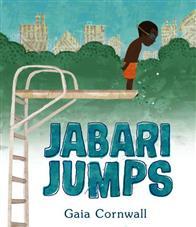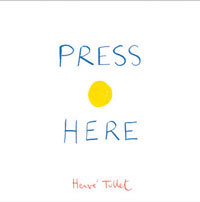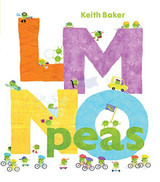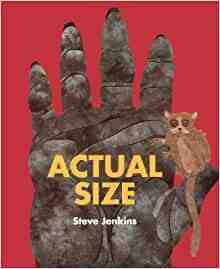Kindergarten is full of exciting beginnings. It's a year of transformation for both parents and children—a time when wobbly pencil scribbles become letters, when marks in a book change into words, when new faces turn into best friends.
Success Starts Now. Concepts your child will explore for kindergarten.
How young children learn depends on what approach they take. Approaches to play and learning are guided by a child’s curiosity, initiative, creativity, or imagination. Relatively speaking, children’s cognitive and behavioral regulation will strengthen over time, with guidance. Regardless of the content area, the approach to play and learning should go hand and hand with self-regulation skills so that children are able to play and learn in ways that are best.
our child's development of social and emotional skills is the foundation for feeling a strong sense of self-awareness, positive concept, emotional competency, and interactions with others. In order to foster these essential skills, children need guidance in developing healthy relationships and build skills needed to express and control their feelings. This all starts in a space place such as at home and in school.
Children communicate using facial expressions, gestures, eye gazes, body movements, signs, and language to initiate interactions and respond to others. Just as young children must engage in meaningful conversations to build language, they must also engage with books, writing and drawing, and print, to allow them to further explore the connections among letters, sounds, and words.
Health and physical development in children are essential because they: help young children make sense of things around them, build on small and large muscle strength (fine and gross motor skills) and help children learn to independently take care of their needs. By incorporating activities that include the above aspects of health and physical development, you will foster an environment that promotes learning through senses, exploring, and practicing healthy habits.
Children develop cognitive abilities through their earliest experiences with their natural, physical, and social environments. Nurture your child's natural curiosity and help them explore, describe, predict and share their thinking with the world around them.
| ← | July 2024 | → | ||||
|---|---|---|---|---|---|---|
| M | T | W | T | F | S | S |
|
1
|
2
|
3
|
4
|
5
|
6
|
7
|
|
8
|
9
|
10
|
11
|
12
|
13
|
14
|
|
15
|
16
|
17
|
18
|
19
|
20
|
21
|
|
22
|
23
|
24
|
25
|
26
|
27
|
28
|
|
29
|
30
|
31
|
·
|
·
|
·
|
·
|

by Gaia Cornwall
This story features a young boy who is scared to jump off the diving board. But, with some encouragement from his dad, Jabari finds the confidence to jump!

by Cori Doerrfeld
This book uses animals to help the main character relate to how to manage feelings, such as anger and how to truly listen to others to be able to help them find comfort.

by Herve Tullet
Press the yellow dot on the cover of this book, follow the instructions inside, and embark upon a magical journey!

by Keith Baker
Meet the peas - the alphabet peas! Whether they're gardeners, hikers, or inventors, these delightful little veggies work and play their way through the entire alphabet.

by Steve Jenkins
How big is a crocodile? What about a tiger, or the world’s largest spider? Can you imagine a tongue that is two feet long or an eye that’s bigger than your head? Sometimes facts and figures don’t tell the whole story. Sometimes you need to see things for yourself—at their actual size.